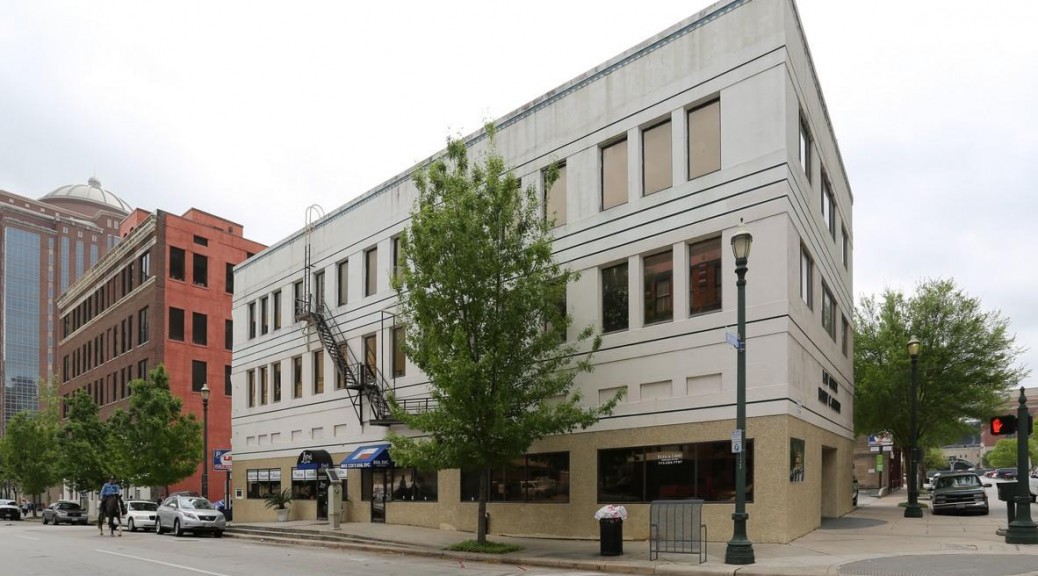Brick & Mortar Retail: No Need to Panic
It’s no secret that online retailing is a booming industry. Ecommerce has now been around for more than 20 years, and companies like Amazon and Zappos certainly have changed the way consumers shop.
As the popularity of and consumer familiarity with ecommerce continues to grow, some have predicted the impending death of brick-and-mortar retail in the not so distant future.
It is easy to point to examples like Blockbuster, a brick-and-mortar retailer falling victim to online competitor Netflix, or the virtual disappearance of travel agencies as easy-to-navigate consumer travel sites became more prevalent. However, in-store retail sales are still a nearly $4 trillion industry and brick-and-mortar retailers continue to differentiate their business from ecommerce options.
Immediate Gratification
It is clearly attractive to experience the convenience of shopping a seemingly endless variety of items without leaving your chair, but the online business will always lack one vital characteristic: the ability to give customers a last minute item they need immediately while providing personal interaction.
Approximately 50 percent of customers still pick up items in store, despite ordering online, according to a study conducted by The International Council of Shopping Centers. The study also showed that 40 percent of consumers use the Internet to research items, but prefer to make their purchase in the physical store.
In-store Experience over Online Shopping
Brick-and-mortar storefronts are keenly aware that they must increase their appeal to shoppers and strengthen consumer loyalty to differentiate themselves from ecommerce options. Deeply engaging the customer and creating a more varied and personal shopping experience is vital to the continued evolution of retailing.
Online shopping allows customers the benefit of price comparison and personal reviews, but brick-and-mortar retailers are also starting to provide customers the tools needed to make a purchase decision while they are on the retail floor. These items include in-store WiFi, in-store kiosks, and rapidly emerging beacon technology to drive traffic and sales through customer smart phones.
The vast majority of successful retailers have an online presence, but also carefully devise ways to drive online sales without negatively affecting in-store traffic. One example is Costco, which makes sure that about 85 percent of the products offered on Costco.com are different from their in-store inventory. This strategy helps prevent self-cannibalization between the two consumer options.
Best Buy’s Brick and Mortar Model
Best Buy is a prime example of a brick-and-mortar retailer competing and thriving against intense online threats. In 2012, Best Buy was tanking and it looked inevitable that the consumer electronics giant was on the way out. In stepped Hubert Joly as the new CEO with the core strategy of regaining success through advice, convenience, and service. He wanted to apply total focus on staying close to the customer. Joly instituted a low price guarantee and has helped eliminate the view that Best Buy was becoming a showroom for Amazon and other online retailers. Best Buy has reported increased U.S. store sales in both Q1 and Q2 of 2015, which marks the first time it has had consecutive quarterly growth in almost five years.
Brick-and-mortar retail will continue to thrive even with the continuous barrage from online competitors. Consumers will always seek unique and value enhancing in-store experiences, which can never be achieved by sitting in front of a computer and clicking a mouse.


